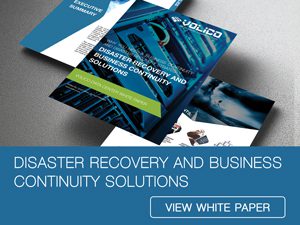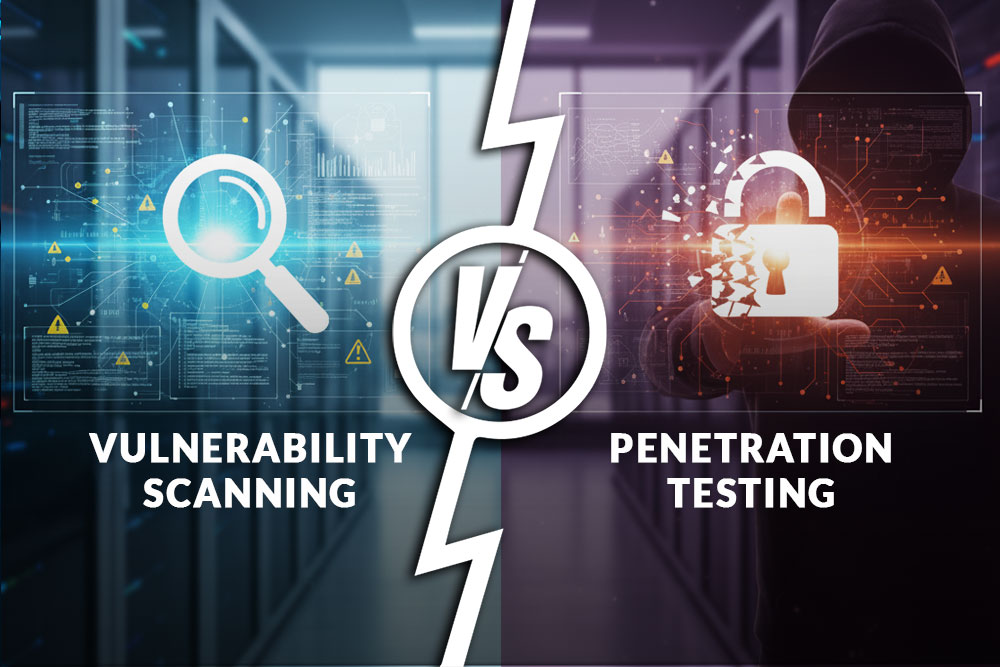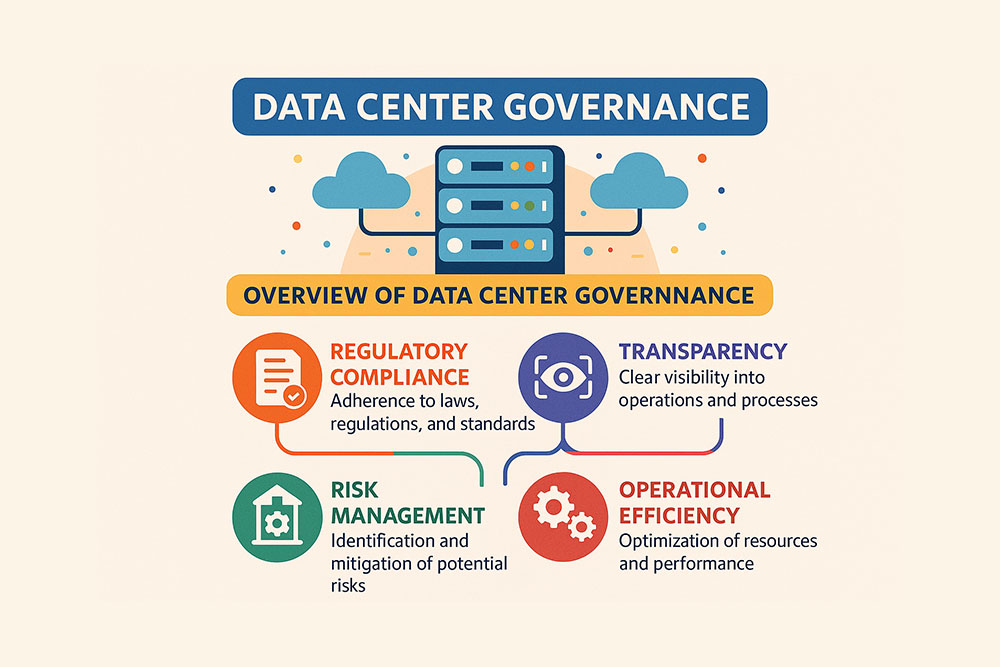As the world leaps into the new normal, by which we now understand continuously generated extremely large volumes of data, organizations are starting to outgrow capacity. This often creates inefficiency and high costs, frequently due to server sprawl. Server sprawl is a term referring to organizations upkeeping underutilized servers, which require more resources and consume more than the workload would normally require. Reasons can be deploying a large number of second-rate servers or allotting servers to single applications. Server sprawl can lead to unnecessarily high expenses, as well as administrative and maintenance costs of servers that are not actually needed. However, all of this can be solved with data center consolidation.
As businesses grow, reducing inefficiencies and streamlining data storage processes becomes increasingly important. Everything is subject to change, including allocation and use of data centers. For this reason, more and more businesses are looking into data center consolidation to reduce costs and complexity.
This blog will explore everything about data center consolidation: what it is, what are its benefits, and key strategies and best practices to create lasting solutions. Let’s jump in.

What is Data Center Consolidation?
Data center consolidation is a set of actions that aim to reduce data storage processes and simplify management. It starts with defining a strategy that lays out what data assets an organization has, where they plan to keep them, and what is the most efficient way to do it.
A data center consolidation strategy can help organizations create a logical and easy-to-follow plan for shrinking data storage and achieving better efficiency. While data management practices concern scaling for ever-increasing data volumes, data center consolidation aims to shrink the number of devices by integrating data in more centralized and downsized locations. This doesn’t mean that the company will lose some of its data. However, it does mean that the volume of their storage systems will become significantly smaller and less dispersed.
Data Center Consolidation Strategies and Implementation
When it comes to data center consolidation, there’s no one-size-fits-all solution, as all organizations have different volumes and types of data that have to be managed. So, a consolidation strategy or plan can be quite simple, or somewhat more complex with more planning involved, depending on the company’s variables.
In the simplest cases, data center consolidation has a few easy steps:
- Gather the data from the different sources.
- Clean the data and examine it for errors.
- Establish the location of the freshly cleaned and optimized data.
However, more often, data center consolidation tends to be much more complex, requiring more preparation and attention. Companies can have data dispersed in multiple locations, in some cases encompassing thousands of servers. In these situations, important decisions have to be made that will best serve the company’s interests in the long term.
The Advantages of Data Center Consolidation
There are many benefits to data center consolidation. Here are the highlights:
Energy Efficiency
Data center consolidation goes hand in hand with modernization initiatives, which allow organizations to upgrade to new technologies like AI, which requires more space and resources. Consolidating infrastructures and reducing the number of (or completely replacing) old and inefficient servers enables companies to benefit from more energy-efficient, sustainable, and performant solutions. Through these adjustments, organizations consume less power and real estate and eliminate the unnecessarily high costs of running workloads on declining pieces of equipment. Moreover, data center consolidation and modernization endeavors constitute an important step in preparing a company to meet the challenges of the future as well.
Cost Reduction
Reducing an organization’s data center footprint results in lower energy consumption and more efficient operations. By getting rid of merely one server, businesses can save on costs, and if more servers go, cost savings can be quite significant.
As mentioned above, data center consolidation leads to more energy-efficient solutions that allow organizations to centralize their needs into fewer devices with multiple functions, decreasing power and cooling needs and lowering costs. When a few devices get out of the data center, floor space is freed up. This can then be used for future scaling needs, allowing organizations to leverage new technologies and expand without extending their data center footprint.
Lower Risks and Increased Security
Another advantage of data center consolidation is improved security. A smaller data center footprint often means fewer spaces and entrances to monitor, reducing physical security risks. Fewer racks and cabinets also allow better monitoring. A reduced number of locations enables teams to respond faster to security incidents, leading to a lower risk of successful cyber attacks, for instance.
Consolidation helps reduce downtime due to hardware and power failures in the data center. Centralized assets allow more efficient server use and support better disaster recovery and business continuity strategies, leading to better overall security.

Key Steps of a Data Center Consolidation Strategy
A data center consolidation process can take many shapes, but usually, the most important steps are the following.
Evaluate Assets
Regardless of the context and circumstances, the first step of a consolidation strategy should always be evaluation. Begin by conducting a thorough inventory of all IT assets, including hardware, software, and applications. If you’re running VMs, it’s important to count them, too, because you might want to reduce their numbers just like physical servers. This helps understand current resource use and dependencies. Next, identify outdated or redundant assets that can be decommissioned. This evaluation step sets the foundation for effective consolidation by providing a clear picture of the existing infrastructure.
Determine Consolidation Opportunities
After the evaluation, when you know your assets, choose how to consolidate them. This is often the lengthiest step in the consolidation process and requires deep knowledge.
Consolidation opportunities may include virtualizing servers, combining workloads, or getting rid of legacy systems. Reducing the number of physical and virtual servers, the number of subnets in a network, or data storage are all optimization targets at this step. Assess the potential cost savings and where it’s possible to improve efficiency and enhance performance. In the case of self-managed data centers, reducing the costs of cooling, physical security, cabling, bandwidth, connectivity, and all other expenses have to be taken into account. If the IT migration’s target is a data center provider, the primary cost considerations will be how much space and power you need to rent.
Choose Which Workloads to Move Out of the Data Center
Data center consolidation can be limited to your own data center. However, moving part of your assets out of the on-prem data center and into the cloud or a colocation data center to reduce costs can also be necessary. In most cases, consolidation efforts are also great for preparing to use and benefit from other types of data hosting strategies.
Evaluate Power Requirements
Assess the power requirements of the workloads – both the consolidated and the ones you plan to move. Evaluate how much power your workloads will need, and then decide how you plan to source that energy. Implementing energy-efficient technologies and practices can significantly lower operational costs and support your business’s sustainability goals.
Test and Monitor Effectiveness
As the last step of a data center consolidation, create a plan for tracking and testing your freshly optimized workloads. Monitor performance, security, and user experience to identify issues and see if the consolidation efforts reduced costs and simplified manageability. By following your workloads closely, you can ensure ongoing effectiveness by recognizing the parts that need further attention.

Start Consolidating With Volico
Data center consolidation is a considerable change to your infrastructure, but one that can bring many benefits, from simplified management to cost savings and modernization. However, it also requires deep expertise because a failed consolidation attempt can be costly and dangerous. A thorough plan and lots of attention are needed to mitigate the risks of downtime and data loss.
In order to successfully consolidate data centers, a colocation provider like Volico Data Centers can offer you professional help. We offer support in the form of:
- Managed Security
- Data Center Migration Services
- Server Monitoring
- Disaster Recovery Planning
- Business Continuity Solutions
Learn more about how Volico can help you with your consolidation efforts. For more information, contact our team of experts today.
Call (305) 735-8098 or message us in chat.












